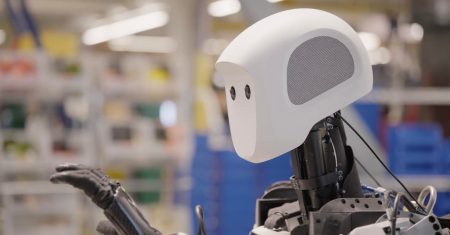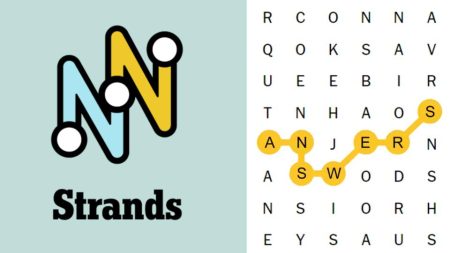To anybody who’s not really close to this technology, this might seem really wonkish, but stay with me here – because some MIT people are doing a lot with nanoscale projects that are promising new efficiencies and models for cutting-edge AI systems!
The strategy is called analog deep learning, and it involves using programmable resistors in an array to process data differently.
Basically speaking, the processes are done in memory, rather than by sending the relevant data through a processor. The hardware setup involves the use of machines called analog to digital converters, which is pretty much what it sounds like.
What do people use analog to digital converters for in deep neural networks? Some major use cases involve radar, and other instances of the delivery of analog input into a digital system that will try to break it down and understand it.
In many cases, the data is coming in real time, or it’s robust in some way.
One of the big contributions of the ADC process is energy efficiency – taking all of that data and putting it through processing is extremely energy-expensive.
So now, researchers are looking at how to make an end run around some of the traditional work. Specifically, the MIT people are using protons for a model that drives processing in the arrays, and assessing things like conductivity to create the new models.
“The working mechanism of the device is electrochemical insertion of the smallest ion, the proton, into an insulating oxide to modulate its electronic conductivity,” explains MIT senior author Bilge Yildiz, Professor of Nuclear Science and Engineering and Materials Science and Engineering, in an internal news piece published last July. “Because we are working with very thin devices, we could accelerate the motion of this ion by using a strong electric field, and push these ionic devices to the nanosecond operation regime.”
Take a look at the rest of this explanation from MIT News, or this presentation by Tanner Andrulis, who talks about why we need ADC systems and how to handle ADC range.
Andrulis presents an interesting twist on this that suggests you can lower your ADC range and find ways to handle outlier demand, in order to get even more efficiency.
Watching the rest of the video, you can see him tie ADCs to neural network performance.
What does all of this have to do with AI? It’s another type of infrastructure to mimic the biological synapses in the human brain. You might say that the reason we’re now facing powerful generative AI and other types of artificial intelligence is based on that capability – the capability of systems to take something analog, and simulate it in a digital way. This type of research isn’t slowing down, either, so keep an eye on this blog for more!
Read the full article here










